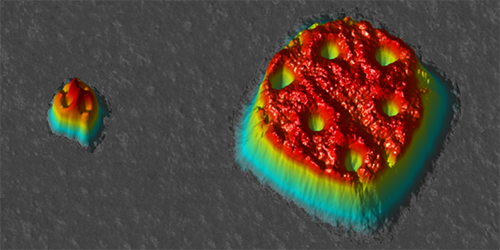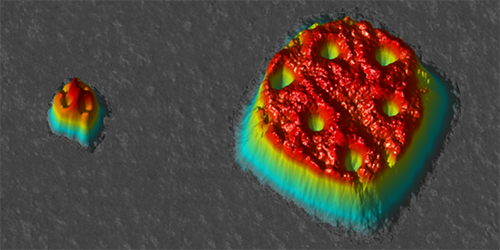Doubling Up with Superfluids
A superfluid is a zero-viscosity system that—when spun around—can form vortices that carry quantized angular momentum. A team of physicists has combined two superfluids consisting of ultracold atoms and observed the interactions between their quantum vortices. The results showed that the formation and decay of vortices in one superfluid was influenced by the presence of the second superfluid.
A long-standing goal for researchers has been to mix superfluids of different species together. In particular, a mixture of a bosonic superfluid with a fermionic superfluid may exhibit unique interactions that could explain the electron-phonon coupling in superconductors. Recent experiments with ultracold atoms have demonstrated a Bose-Fermi superfluid mixture consisting of two isotopes of lithium. However, no vortices were generated in these superfluids, making it difficult to probe the interspecies interactions.
In their experiments, Xing-Can Yao, from the University of Science and Technology of China, and colleagues mixed fermionic lithium-6 with bosonic potassium-41. The team cooled their gas mixture with a combination of Doppler and evaporative cooling methods and obtained the final superfluid mixture within a disk-shaped optical trap. A rotating laser beam spun the mixture around the trap’s vertical axis, producing lattice-like patterns of vortices in both species. For lithium-6, the number and lifetime of vortices were greater in the superfluid mixture, compared to the case of a single superfluid. This suggests that the two superfluids interact in a way that transfers angular momentum from the potassium to the lithium superfluid, thus facilitating the formation of vortices in the latter.
This research is published in Physical Review Letters.
–Michael Schirber
Michael Schirber is a Corresponding Editor for Physics based in Lyon, France.





